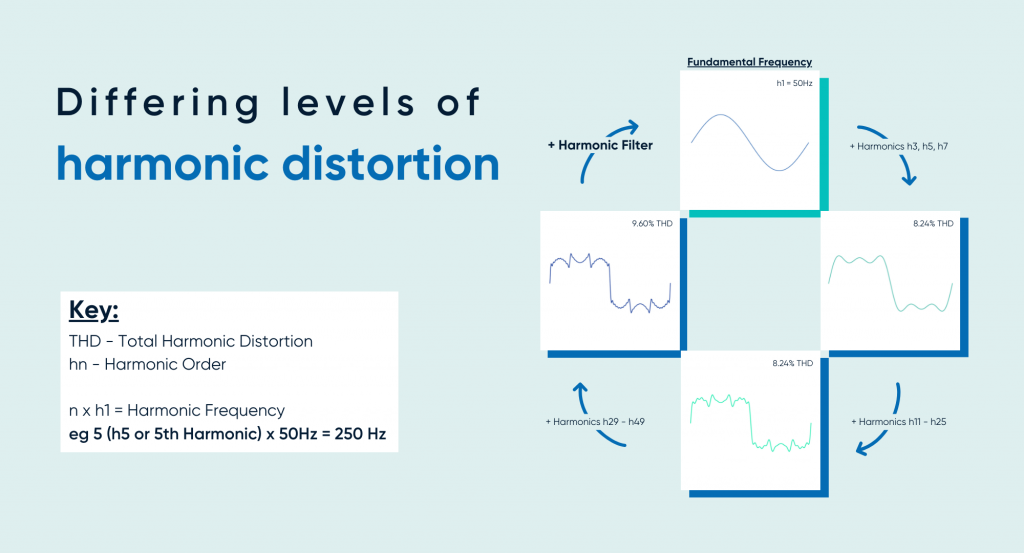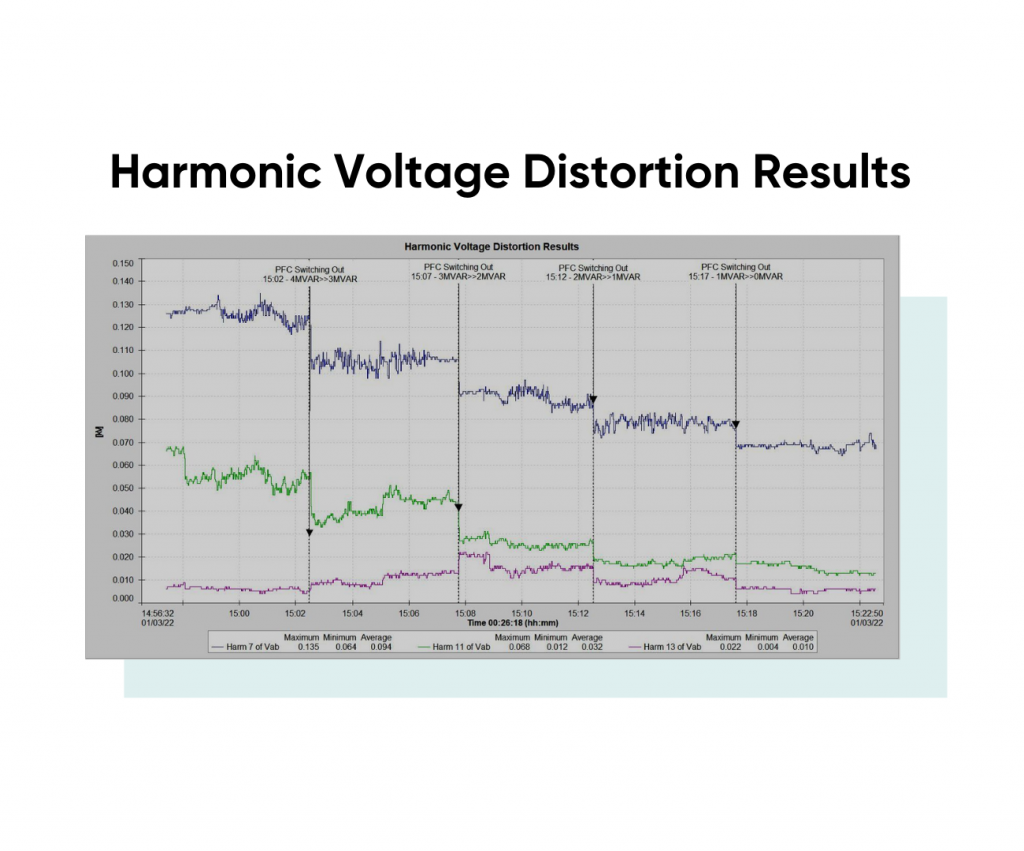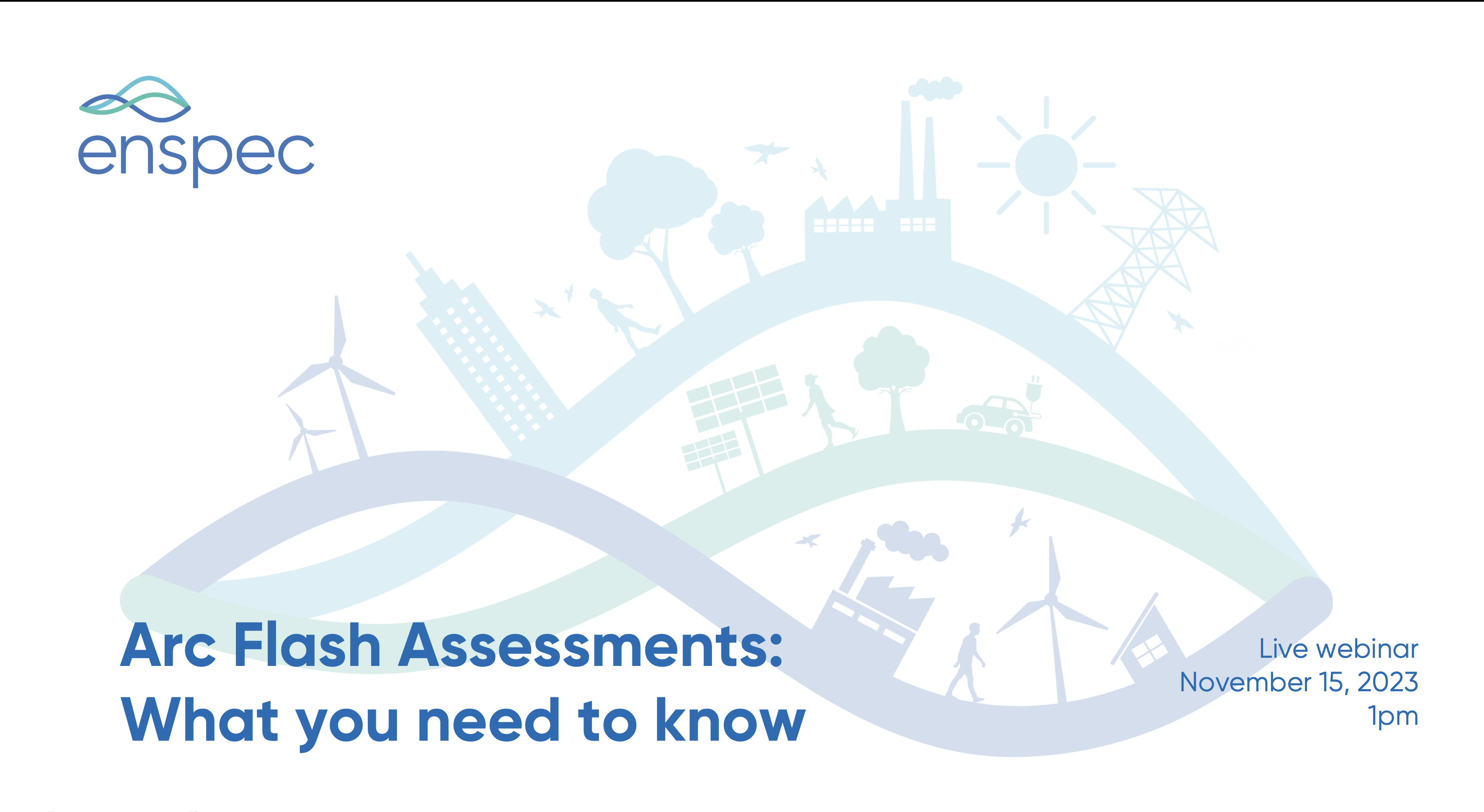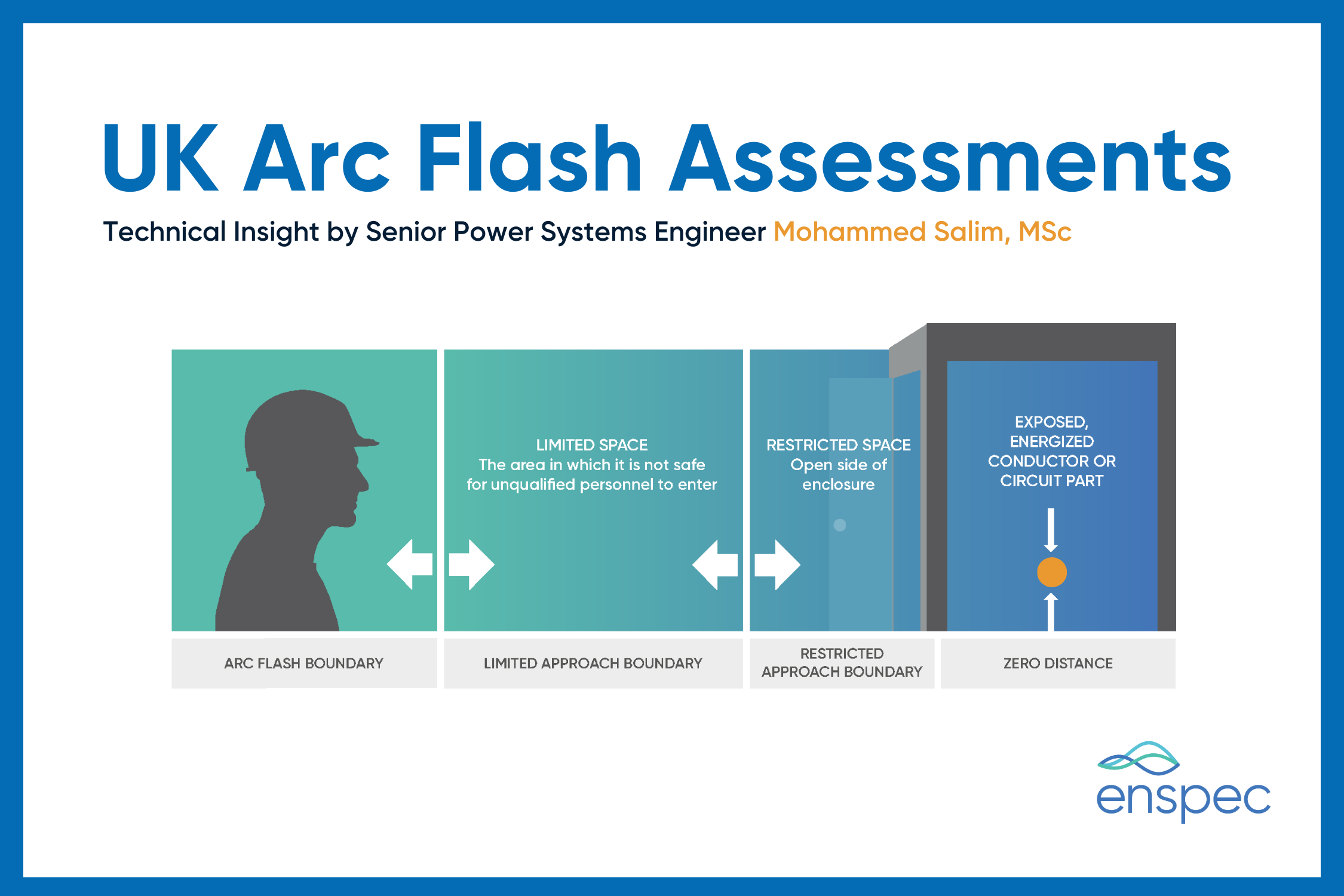This technical insight was produced by Kerim Ozer, Enspec Power’s Senior Electrical Engineer and Power Quality Analysis Expert.
Harmonic Studies and Cost-Effective Solutions
Capacitor Banks are the most commonly used & cost-effective solution to compensate for the reactive power consumption of power consumers. However, capacitor banks commonly amplify/shift the parallel resonance impedance profile of the network they are connected to, so the installation of capacitor banks may result in harmonic voltage limit exceedances against the limits specified by the Grid Code.
Harmonic impedance sweep studies are conducted to investigate the impact of capacitor banks on the network impedance profile. However, without accurate background network impedance details, it is sometimes not possible to simulate where the resonance occurs.

Enspec was commissioned to investigate the requirement for a passive harmonic filter for an industrial site in the UK which has measured high harmonic distortions at 15th and 27th orders. The site is equipped with 4×1.0MVAR capacitor bank stages. Based on our site measurement and harmonic simulation study results, it was found that the exceedances would not have occurred if a minimum of 3 Power Factor Correction (PFC) stages are in circuit.
Based on the harmonic measurement and harmonic simulation studies, it was found that the parallel resonances caused by capacitor banks were shifted to the ranges between 7th and 13th harmonic orders whilst a minimum of 3 Capacitor Bank stages are energised. It was also found that the parallel resonances that occurred between the 7th and 13th orders do not lead to any limit exceedances.
 In line with the site’s reactive power demand and harmonic compliance, it was recommended that the PFC control circuit be re-configured to ensure a minimum of 3 PFC stages are energised when the VFD (>10MW) is in operation. Therefore, the installation of a filter is not required.
In line with the site’s reactive power demand and harmonic compliance, it was recommended that the PFC control circuit be re-configured to ensure a minimum of 3 PFC stages are energised when the VFD (>10MW) is in operation. Therefore, the installation of a filter is not required.
The plots below clearly indicate the frequency ranges of the parallel resonances depending on the number of energised PFC stages.
Find out more about how Harmonic Studies here and Harmonic Filters here. To understand a bit more about Harmonics, you can read our guide here. For more specific client work, check out our Case Studies here. If you’d like to speak to one of our experts, please submit an enquiry below.



